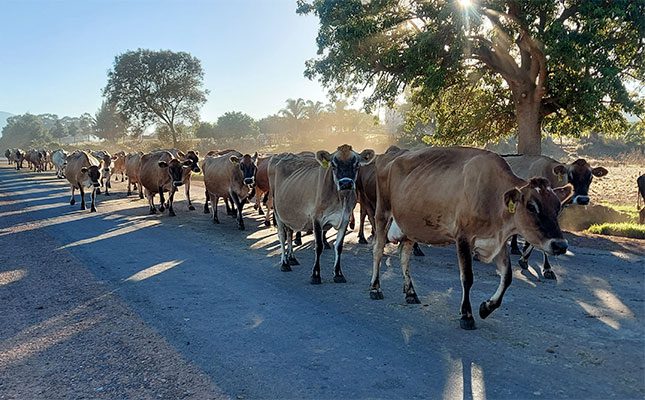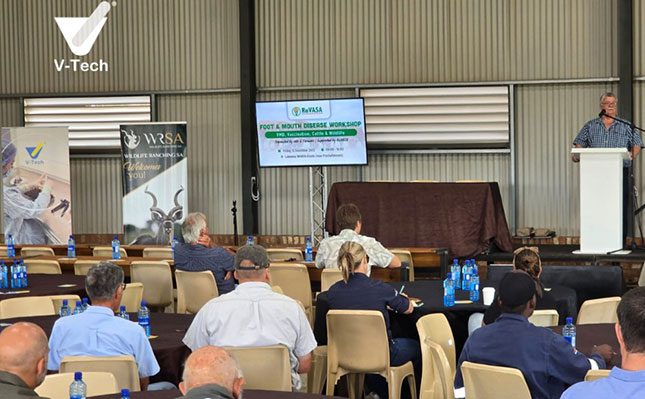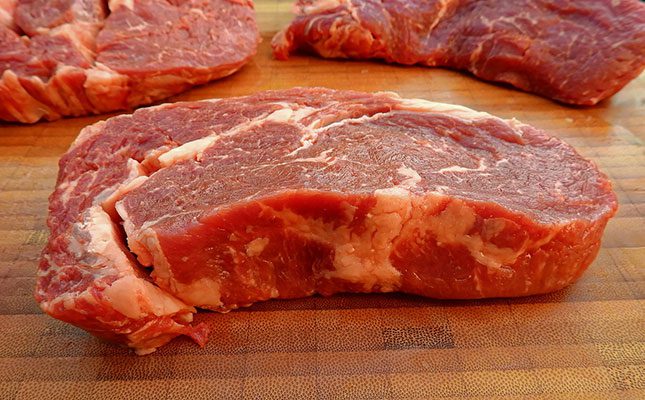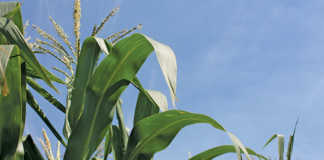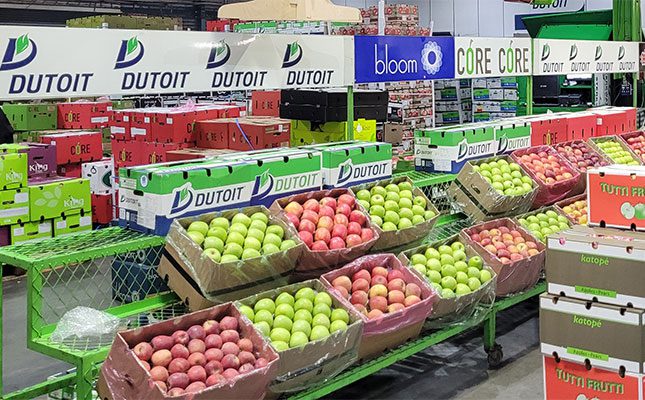
Photo: Lindi Botha
Thomas Mouton, head of pome fruit at Core Fruit in Paarl, Western Cape, told Farmer’s Weekly that this year had offered up good demand for apples, with that of pears being stable, albeit stagnant.
While demand for both fruit was growing globally, the ability to store fruit for longer meant that countries where apples and pears are produced, showed a decreasing demand for imports.
“Volumes in these countries are increasing, and since they can store the fruit longer and stretch the season, the window in which we can supply those markets is shrinking. The
‘buy local’ movement also has an impact on which fruit the consumers favour,” said Mouton.
Storage capability
The longer storage capability was due to better cold storage technology and cultivars that can better withstand long-term storage.
Mouton said that this would increasingly impact southern hemisphere exporters, since they could no longer rely on counter-seasonality to secure the market. Much growth was however, expected from countries who could not produce their own pome fruit. This included Africa and the Middle East.
While new cultivars played a role in increasing consumer interest, Mouton said that traditional cultivars like Royal Gala, Cripps Pink and Fuji continued to dominate sales.
“Supermarkets like to have something out of the ordinary, or exclusive, to offer consumers, so there is always piqued interest for new cultivars. But it remains a small portion of sales.”
He added that producers needed to choose cultivars that worked in their production climates, which often meant that trending varieties abroad were not feasible.
“Our producers instead focus on planting current varieties, but whose colouring or flavour has been improved as they get the benefit of a better looking or sweeter fruit, while knowing it will deliver the tonnage,” added Mouton.
South Africa is the largest southern hemisphere exporter of apples, and the second largest exporter of pears, following closely behind Argentina.
According to Hortgro, 21% of apples are consumed locally with 40% being exported, and the balance processed. Some 45% of pears are exported, 13% sold locally, and the rest processed.
Hortgro’s data from the 2023 season showed that the Far East and Asia make up the largest export market for South African apples, absorbing 35%. They are followed by Africa (27%), the UK (14%), and the EU (8%).
The largest export market for South African pears is the EU (28%), followed by the Far East and Asia at 24%, and Russia at 15%.
New markets
South Africa has made progress opening new markets for apples and pears over the last year. Jacques du Preez, Hortgro’s general manager of trade and markets, said that exports to India had grown at a steady pace.
Although a 50% import tariff did pose challenges, the size of India’s middle class meant that even if only 10% bought South African apples and pears, supplies would run short.
Exports to Thailand, which opened in March, had increased faster than expected. Growth in China was stable, although not as robust as India. Although South Africa’s access to Taiwan was halted in October last year due to a false codling moth incident in one of the shipments, Du Preez expected this market to be opened by next year again.
Of concern was the conflict in Iran, which could impact the Straits of Hormuz, a critical shipping route to take South African fruit to Dubai. “The Middle East is an important and growing market and if they close the Straits then our shipments will be impacted.
“Overall, we are optimistic about the pome fruit industry. While agriculture is cyclical by nature, pome fruit is rather stable. We are working on opening the Philippines market, and with improved logistics and market access, the outlook is positive,” said du Preez.


